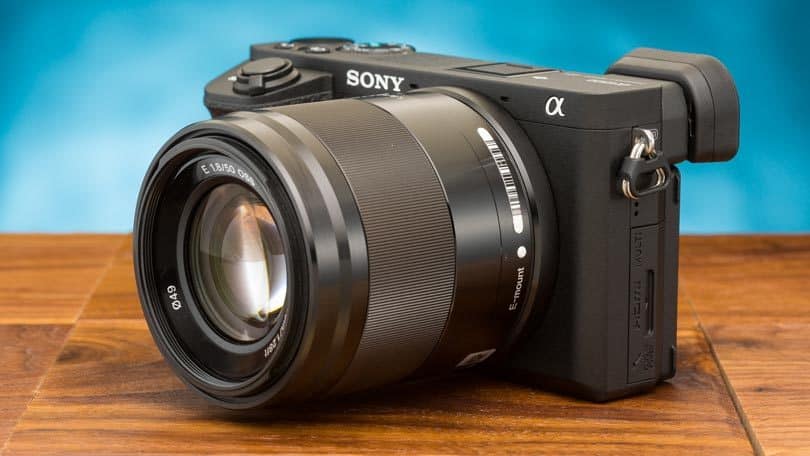If you have been experimenting with a new digital camera, or if you are a seasoned shutterbug, there may be some functionalities you don’t quite understand. What is the exposure setting on a digital camera, for instance. Once you understand this exposure setting, you are sure to find just about any digital camera easy to use.
KEY TAKEAWAYS:
- Most digital cameras have a dedicated exposure setting that will do all of the heavy lifting for you.
- If your camera lacks a dedicated exposure settings menu, you can manually adjust the camera to find the best exposure setting for you.
- Generally speaking, image exposure is tied to ISO speed, shutter speed, and aperture.
What is the Exposure Setting?
Basically, a camera’s exposure setting determines just how much light the image sensor is exposed to. Some cameras include a dedicated exposure setting, while others tie exposure to numerous other settings.
Insider Tip
Shutter speed is a handy tool for freezing or exaggerating motion.
What Settings Interact with Exposure?
If a digital image receives too much light, it will be overexposed. If it receives too little light, it will be underexposed. You want proper exposure with little motion blur. Here are some of the common camera settings that help you get the correct exposure for your photos.
Aperture Priority
A digital camera typically features aperture blades that block light, so as to control how much is allowed through to the image sensor and camera lens. The aperture setting is illustrated by an f-stop value. Generally speaking, the higher the f-stop value, the smaller the opening in the aperture. The reverse is also true. You’ll want to find the best aperture priority setting for your particular photo, though tastes and scenarios may vary. Finding the best aperture setting can lead to correct exposure and offer some exposure compensation.
ISO Speed
ISO speed determines how much image noise is present and how sensitive the camera will be to any incoming light. Similar to shutter speed, it correlates 1:1 with exposure, meaning the higher the ISO speed, the more exposed the image will be. A high ISO speed can result in some nifty digital effects, so it is commonly used in artistic photographs, as is the much-desired Bayer filter. Common ISO speeds include 100, 200, 400, and 800. Feel free to experiment to find the best ISO speed for your images.
Shutter Speed
A camera’s shutter will open or close at regular intervals so as to allow a predetermined level of light through to the image sensor and the camera lens. This impacts exposure because, well, a slow shutter speed will allow plenty of light in, which could result in overexposure. In other words, a faster shutter speed will result in a lower exposure time and a slower shutter speed will end up with a higher exposure time. Find the best shutter speed setting for your needs, which can be accessed via the camera’s LCD screen.
Warning
Perform some practice shots while fiddling with all of the above settings so you won’t mess up your desired image.
F.A.Q.S
What is exposure compensation and when should I use it on my camera?
Most cameras include an exposure compensation option. This exposure compensation setting allows you to make our pictures look lighter or darker without having to access ISO speed, shutter speed settings, or aperture settings.
What metering mode should you use?
Exposure metering modes allow you to predict the exposure of a digital image, as the camera’s sensors will meter incoming light before you snap a photo. Be sure to take exposure compensation into account when choosing a metering mode, and also the depth of field, to get proper exposure.
When should you use exposure compensation?
You can use exposure compensation whenever you aren’t certain you will be able to nail the correct exposure for your image. Seasoned vets can get away with using it less, which newbies may want to rely on it more.
STAT: An exposure is a single shutter cycle, referred to as light per unit area. (source)

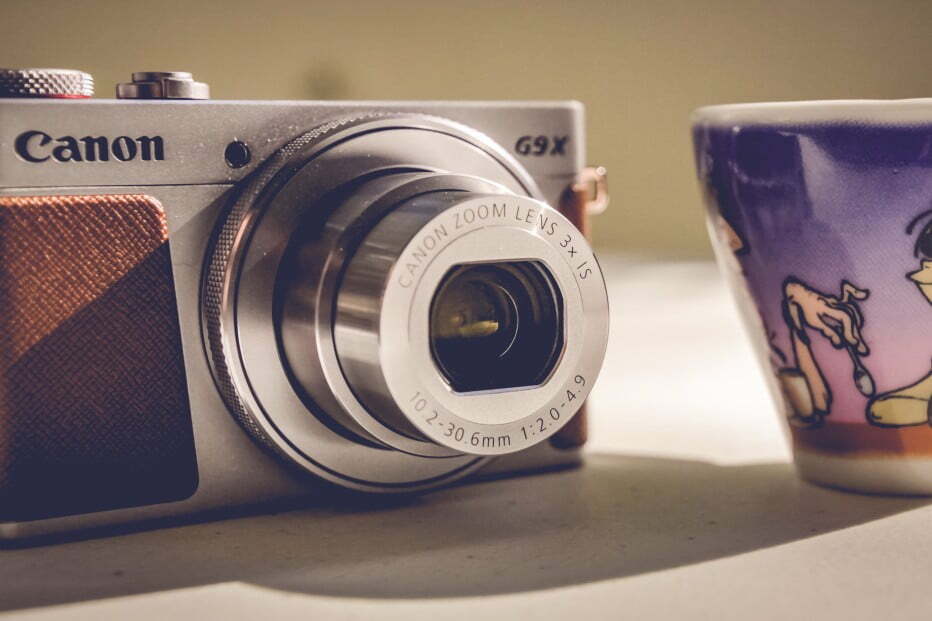























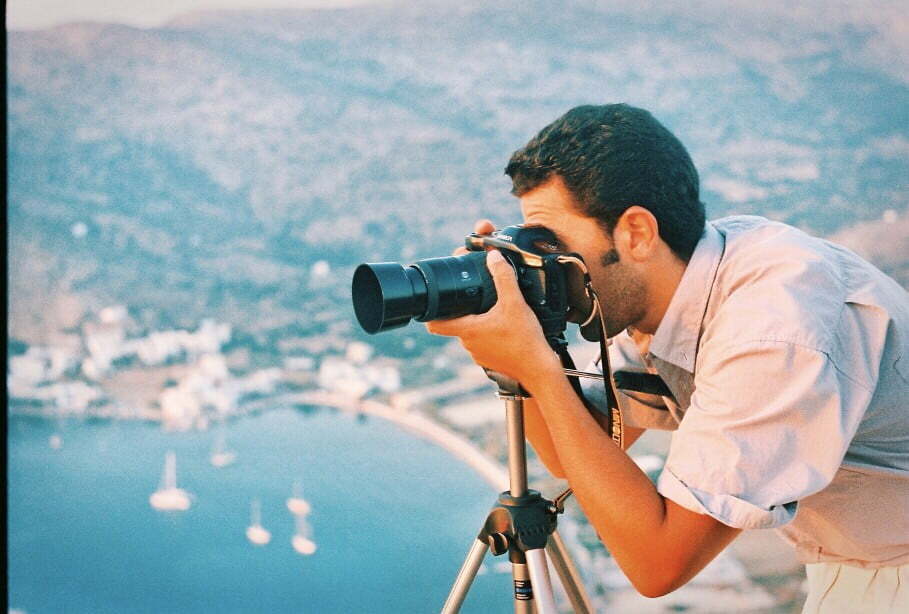
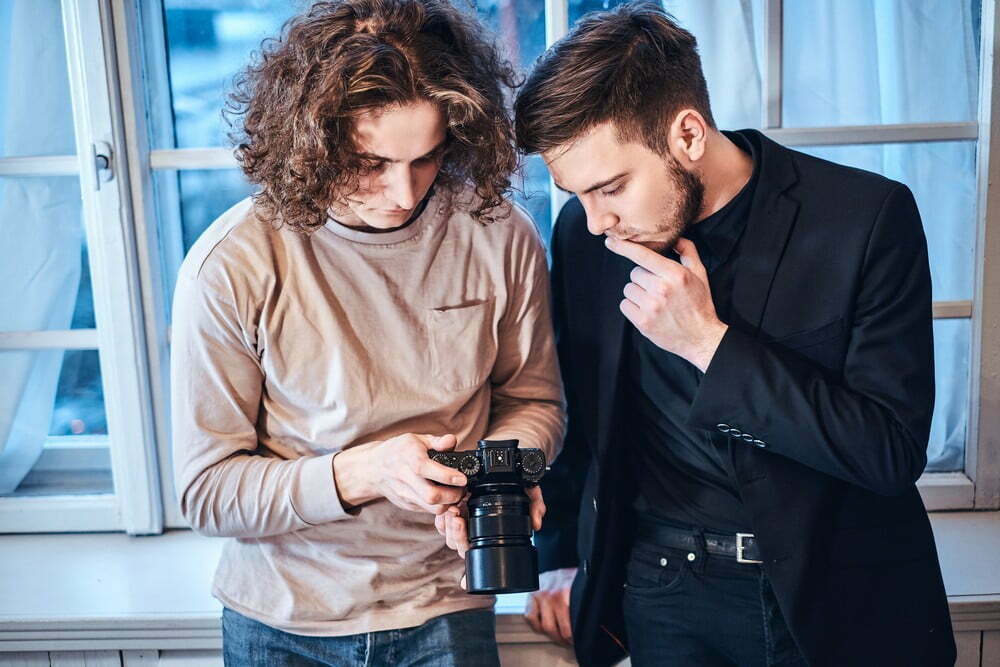
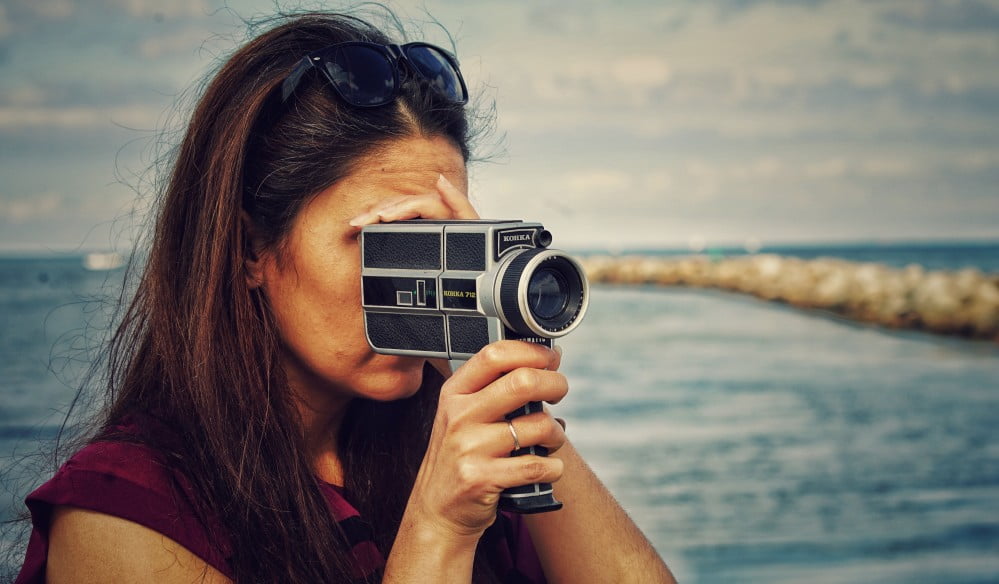
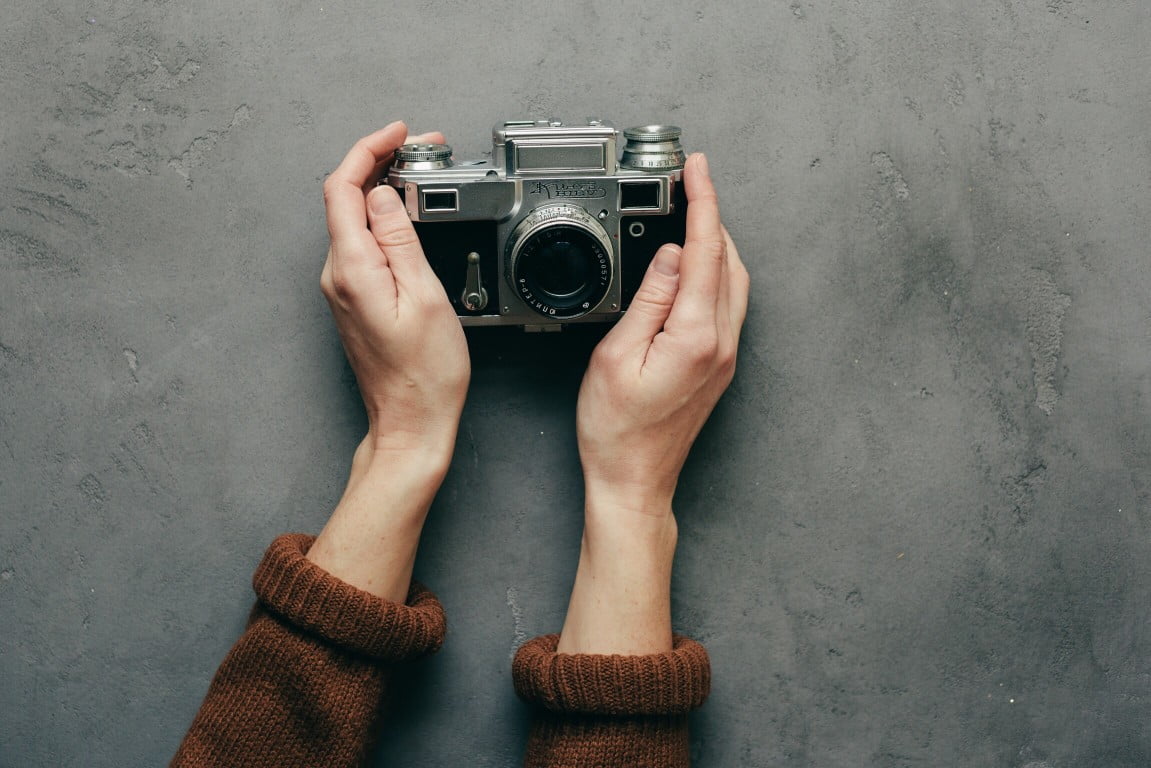
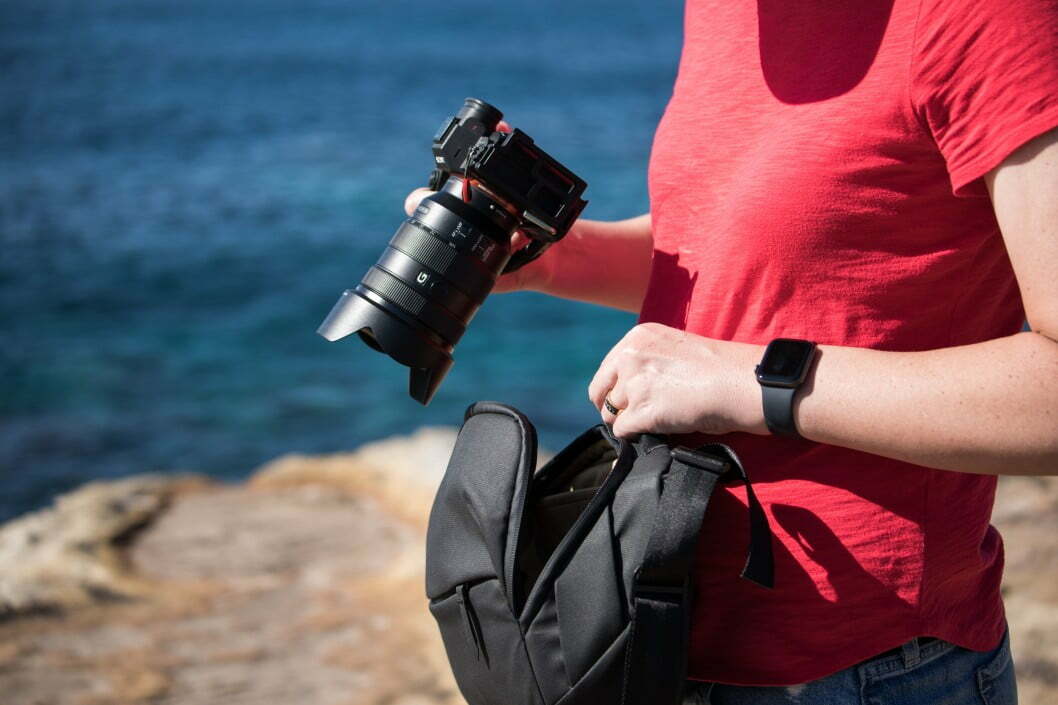
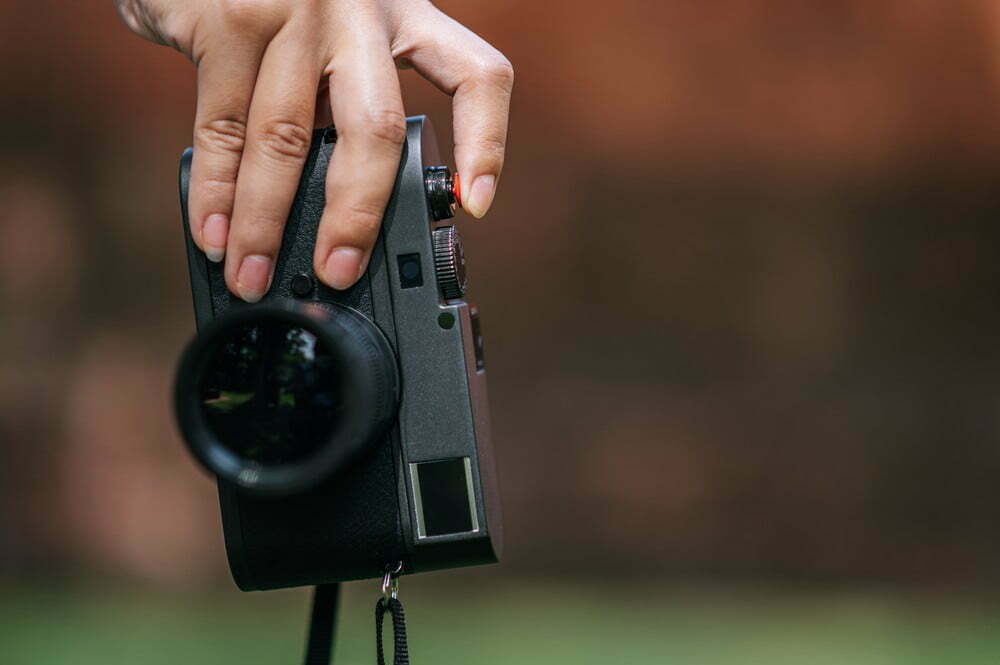
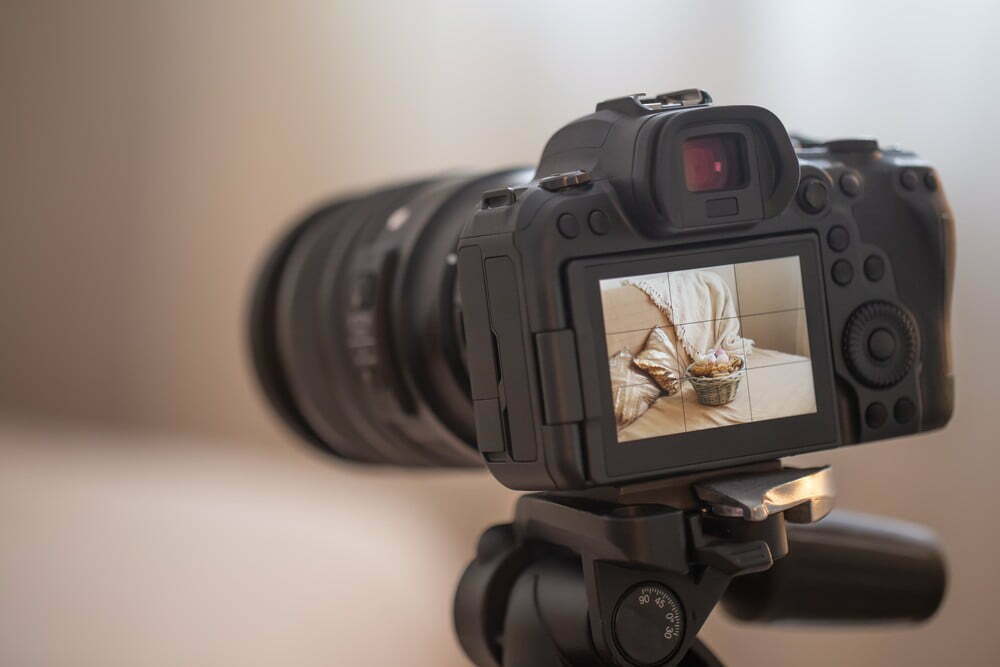
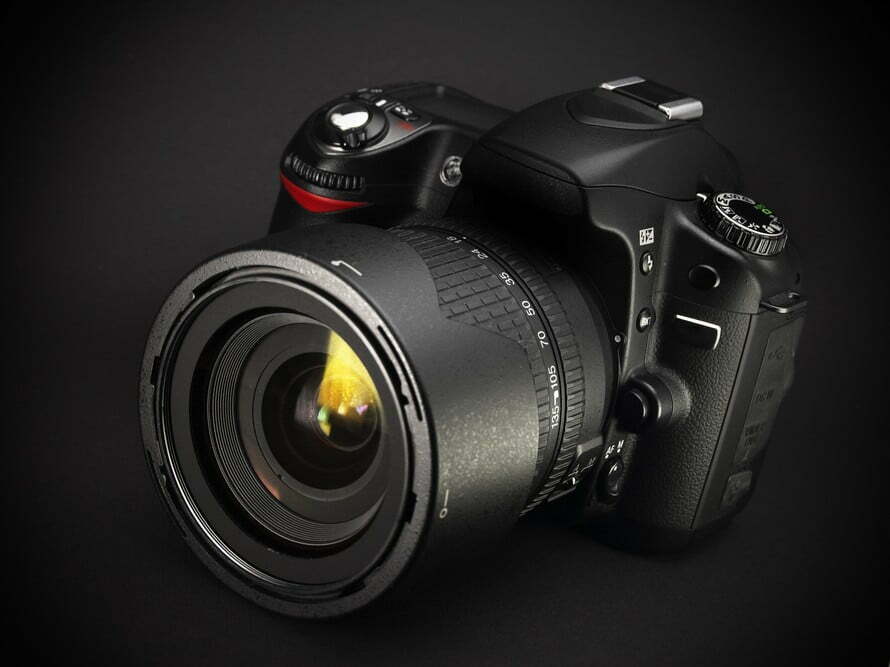
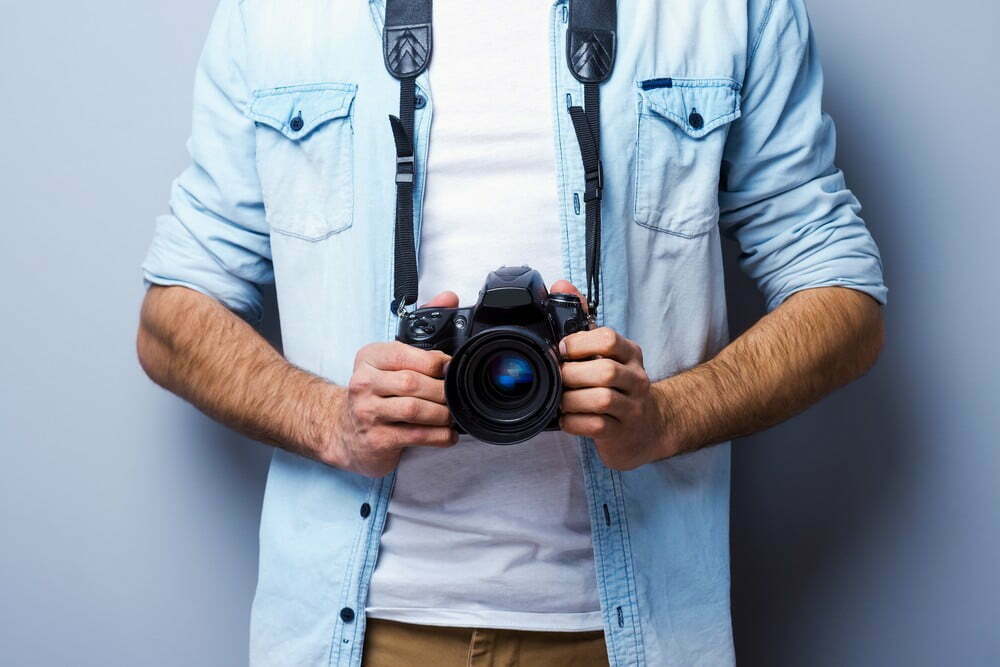
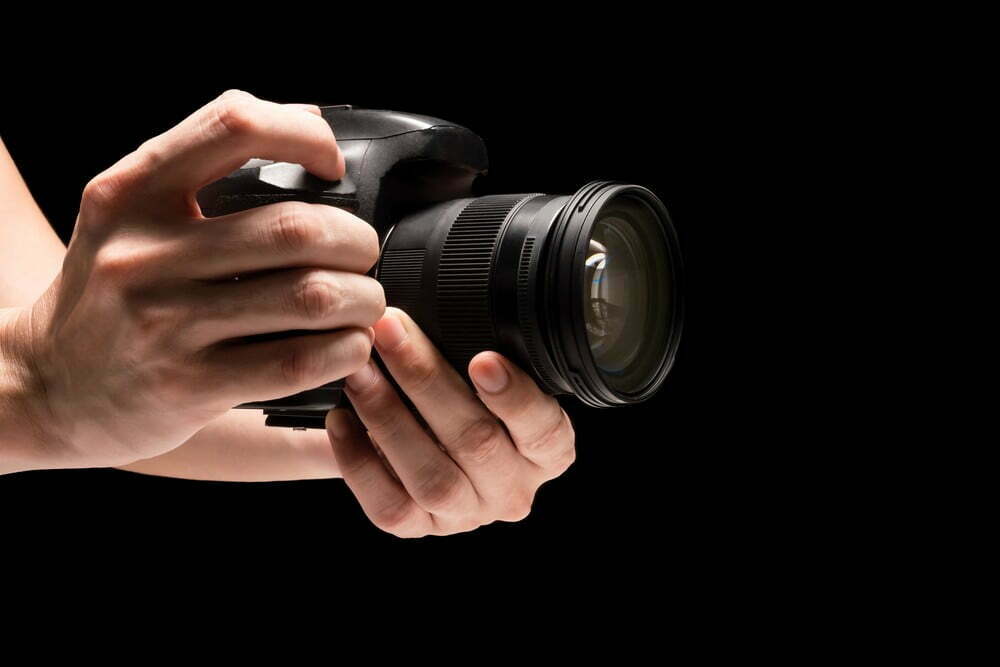
![Best Point and Shoot Camera in [year] ([month] Reviews) 27 Best Point and Shoot Camera in 2025 (October Reviews)](https://www.gadgetreview.dev/wp-content/uploads/Nikon-Coolpix-B500.jpg)
![Best Underwater Camera in [year] ([month] Reviews) 28 Best Underwater Camera in 2025 (October Reviews)](https://www.gadgetreview.dev/wp-content/uploads/best-underwater-camera-image.jpg)
![Best Digital Cameras in [year] ([month] Reviews) 29 Best Digital Cameras in 2025 (October Reviews)](https://www.gadgetreview.dev/wp-content/uploads/what-is-resolution-on-digital-camera-1.jpg)
![Best Digital Camera Docking Stations in [year] 30 Best Digital Camera Docking Stations in 2025](https://www.gadgetreview.dev/wp-content/uploads/best-digital-camera-docking-stations-image.jpg)
![Best Vlogging Camera in [year] ([month] Reviews) 31 Best Vlogging Camera in 2025 (October Reviews)](https://www.gadgetreview.dev/wp-content/uploads/best-vlogging-camera-image.jpg)
![Best Mirrorless Camera in [year] ([month] Reviews) 32 Best Mirrorless Camera in 2025 (October Reviews)](https://www.gadgetreview.dev/wp-content/uploads/best-mirrorless-camera-image.jpg)
![Best GoPro in [year] ([month] Reviews) 33 Best GoPro in 2025 (October Reviews)](https://www.gadgetreview.dev/wp-content/uploads/best-gopro-image.jpg)
![Best Digital Camera Tripods in [year] 34 Best Digital Camera Tripods in 2025](https://www.gadgetreview.dev/wp-content/uploads/best-digital-camera-tripods-image.jpg)
![Best Canon Digital Cameras in [year] 35 Best Canon Digital Cameras in 2025](https://www.gadgetreview.dev/wp-content/uploads/best-canon-digital-cameras-image.jpg)
![Best Polaroid Digital Cameras in [year] 36 Best Polaroid Digital Cameras in 2025](https://www.gadgetreview.dev/wp-content/uploads/best-polaroid-digital-cameras-image.jpg)
![Best Small Digital Camera Cases in [year] 37 Best Small Digital Camera Cases in 2025](https://www.gadgetreview.dev/wp-content/uploads/best-small-digital-camera-case-image.jpg)
![Best Digital Camera USB Cables in [year] 38 Best Digital Camera USB Cables in 2025](https://www.gadgetreview.dev/wp-content/uploads/best-digital-camera-usb-cable-image.jpg)
![Best Digital Camera Bags in [year] 39 Best Digital Camera Bags in 2025](https://www.gadgetreview.dev/wp-content/uploads/best-digital-camera-bag-image.jpg)
![Best Sony Digital Cameras in [year] 40 Best Sony Digital Cameras in 2025](https://www.gadgetreview.dev/wp-content/uploads/best-sony-digital-cameras-image.jpg)
![Best Digital Camera Accessories in [year] 41 Best Digital Camera Accessories in 2025](https://www.gadgetreview.dev/wp-content/uploads/best-digital-camera-accessories-image.jpg)
![Best Kodak Digital Cameras in [year] 42 Best Kodak Digital Cameras in 2025](https://www.gadgetreview.dev/wp-content/uploads/best-kodak-digital-cameras-images.jpg)
![Best Panasonic Digital Cameras in [year] 43 Best Panasonic Digital Cameras in 2025](https://www.gadgetreview.dev/wp-content/uploads/best-panasonic-digital-cameras-image.jpg)
![Best Video Cameras in [year] ([month] Reviews) 44 Best Video Cameras in 2025 (October Reviews)](https://www.gadgetreview.dev/wp-content/uploads/best-video-cameras-image.jpg)
![Best Compact Cameras in [year] 45 Best Compact Cameras in 2025](https://www.gadgetreview.dev/wp-content/uploads/best-compact-camera-image.jpg)
![Best Digital Cameras with Wifi in [year] 46 Best Digital Cameras with Wifi in 2025](https://www.gadgetreview.dev/wp-content/uploads/best-digital-camera-with-wifi-image.jpg)



















